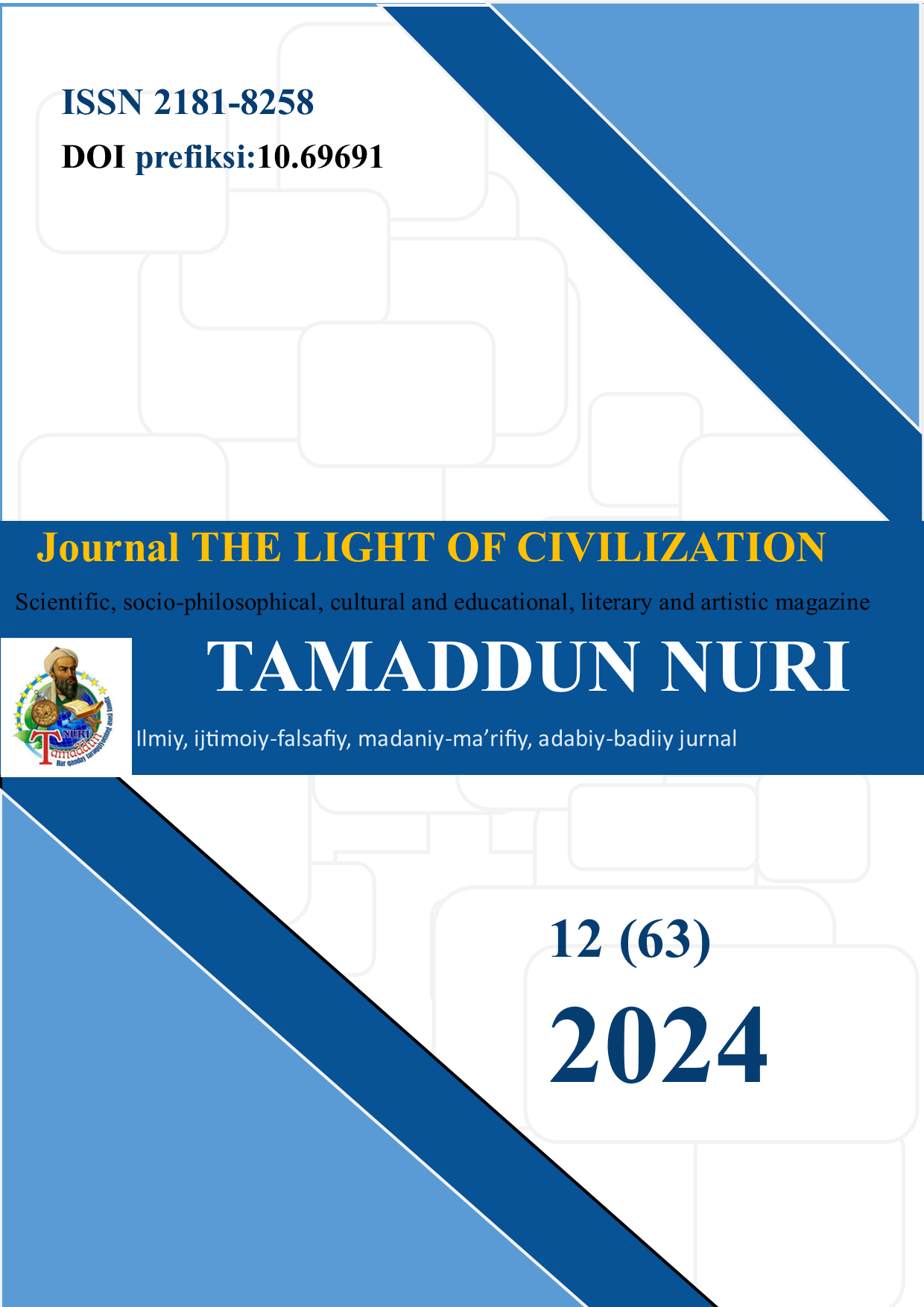THE LINGUISTIC AND CULTURAL SIGNIFICANCE OF HYDRONYMS IN ENGLISH TOPONYMY
DOI:
https://doi.org/10.69691/b3tzhp32Keywords:
hydronyms, toponymy, English place names, historical geography, etymology, -ford, Celts, Anglo-Saxons.Abstract
The article is dedicated to the study of English place names associated with hydronyms. It analyzes the influence of natural geographic factors and historical processes on the formation of place names. The focus is primarily on formants such as -ford (river crossing point) and -mouth (river mouth). These names reflect various linguistic and ethnic layers: Celts, Anglo-Saxons, Normans, and others. Through place names, it is possible to gain insights into cultural integration and historical geography.
References
Coates R. The Place-Names of Hampshire. English Place-Name Society. 1988.
Ekwall E. The Concise Oxford Dictionary of English Place-Names. Oxford University Press, 1960.
Gelling M., Cole, A. The Landscape of Place-Names. Shaun Tyas. 2000.
Mills, A. D. A Dictionary of British Place-Names. Oxford University Press, 2011.
Nicolaisen W. F. H. Scottish Place – Names: Their Study and Significance. Batsford. 1976.
Room A. Dictionary of Place-Names in the British Isles. Bloomsbury Publishing, 1993.
Rivet A. L. F., Smith C. The Place-Names of Roman Britain. Batsford. 1979.
Downloads
Published
Issue
Section
License
Copyright (c) 2024 Journal of Tamaddun Nuri

This work is licensed under a Creative Commons Attribution-NoDerivatives 4.0 International License.



